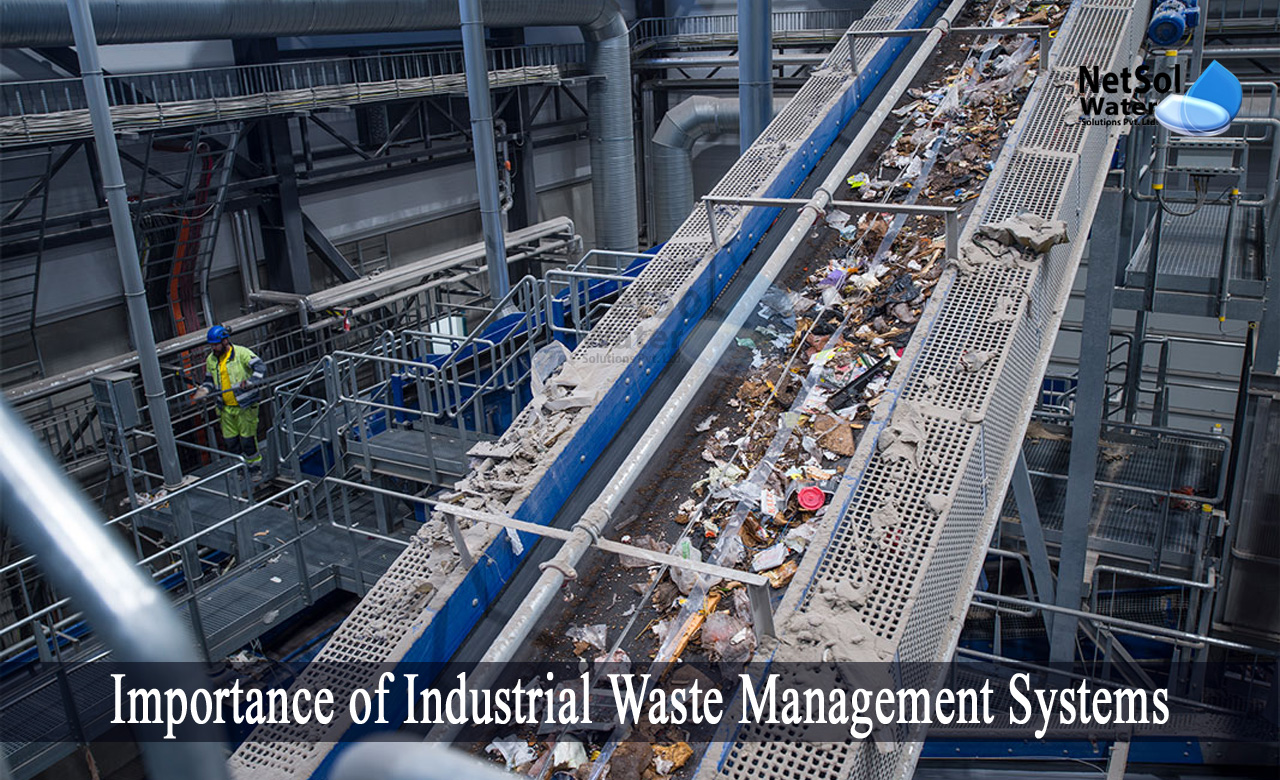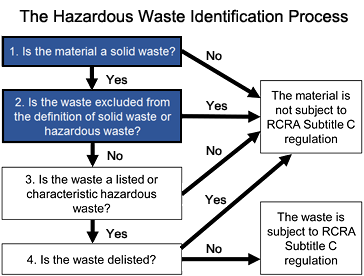Getting The Reclaim Waste To Work
Getting The Reclaim Waste To Work
Blog Article
The 6-Second Trick For Reclaim Waste
Table of ContentsReclaim Waste - QuestionsGetting The Reclaim Waste To WorkThings about Reclaim WasteThe Facts About Reclaim Waste UncoveredReclaim Waste Fundamentals ExplainedWhat Does Reclaim Waste Do?

Never put dangerous substances down sinks, bathrooms or stormwater drains pipes Substances consisting of fuel, oil, oil, chemicals and herbicides, and solvents such as paint pole dancers need to not be put down sinks, toilets or stormwater drains. These substances are difficult to remove in the sewage therapy process and trigger air pollution problems in our neighborhood rivers.

Although fluid waste is a term that covers a broad variety of materials, there's an excellent reason leaving its disposal to the professionals is suggested. Liquid waste is non-solid material that has no further usage and has to be dealt with and disposed of according to neighborhood, state and government laws.
4 Simple Techniques For Reclaim Waste
Although examples of liquid waste can consist of wastewater, fats, oils or oil, utilized oil, fluids, solids, gases or sludges and dangerous family fluids, there are some that are considered to be a lot more unsafe than others when it pertains to the environment and the health of pets and people alike. It's for this reason that each state and region have strict laws connected to liquid waste monitoring.
Liquid waste can be stored in holding containers or packaged in drums, intermediate mass containers or approved small containers prior to either being treated or removed by means of outsourced vacuum trucks. Offered the nature of the materials, fluid waste can not go in the general waste stream and there are rigorous policies on just how to deal with it correctly.
(https://www.domestika.org/en/reclaimwaste1)Depending on a determination of the degree of risk, it may be required to remediate those websites. Furthermore, unsafe fluid chemical wastes are controlled waste and should be tracked based on the state waste regulations. Under the chain of custodianship and responsibilities, proprietors are responsible and liable for waste created by a company.
Among the core applications for superabsorbent polymers (SAPs) is liquid waste solidification. industrial wastewater treatment. SAPs are utilized by waste monitoring professionals to stop potentially unsafe liquids from entering rivers, groundwater aquifers, and other delicate settings. Since fluids can rapidly transport pollutants right into ecological receptors and potentially add to geotechnical failures, fluid wastes are usually banned from disposal in garbage dumps
See This Report about Reclaim Waste
Primarily, free liquids are liquids that divide from the solid part of waste product. Fluid waste can consist of the following: HDD mud and cuttings Land fill leachate Wastewater treatment sludge & biosolids Dredged sediments Oil and gas drill cuttings Clearing up pond muck Hydro Excavation slurry Coal combustion residuals/ash Tank bottom sludge Concrete grinding/polishing slurry Related Post: For a sensible instance of cost-free fluids dividing from waste product, think about the complying with situation: A waste administration professional tons a dump truck with sludge from a wastewater treatment plant's oygenation basin, during a routine upkeep occasion.
When the vehicle driver arrives at the garbage dump, he notices water seeping from the sludge and pouring from the dump vehicle. The lots was denied by the landfill and the driver was forced to get rid of the waste as a liquid waste at a special facility, which increased the disposal fees tremendously.
We additionally need to be liable for the appropriate disposal of our waste materials. It is not enough that we pay waste disposal business to take care of our rubbish.
Reclaim Waste - An Overview

The suitable place is a great exterior room with more a lot of sunshine and air. Segregate your waste. Segregating your waste can begin inside the home. Segregate completely dry and liquid waste along with edible waste, biodegradable and non-biodegradable materials. Constantly maintain the lid on your containers to avoid bugs, worms, flies, and unpleasant odours.
Layer the base with dirt to absorb the wet waste. Layer the compost with wet and dry waste as well as soil to maintain a balance between the wet and the dry.
Some Known Details About Reclaim Waste
To assist in faster decay, you can also include semi composted soil to the compost. If you observe the odor is becoming also strong, include additional papers and paper waste or add even more holes to the compost bin to maintain the balance of the waste materials.
The globe is drowning in rubbish and we can't manage to be untrustworthy any longer. We have to take activity and recycle whatever we can anywhere we can. We likewise require to be in charge of the proper disposal of our waste materials. It is inadequate that we pay garbage disposal companies to deal with our rubbish.
Our waste, our duty. Have you ever wondered what happens to your liquid waste after it's collected? Did you understand that fluid waste can be recycled?
Little Known Questions About Reclaim Waste.
The dreamland is an excellent exterior room with lots of sunlight and air. Segregate your waste. Segregating your waste can begin inside the home. Segregate completely dry and liquid waste as well as edible waste, naturally degradable and non-biodegradable materials. Constantly keep the cover on your containers to stay clear of insects, worms, flies, and unpleasant odours.
You can use old garbage can, bucket, garden pot or old plastic drums. Pierce four to 5 openings in the container so the air can circulate. Layer the base with soil to take in the damp waste. Begin the composting process. Layer the compost with damp and completely dry waste along with dirt to keep a balance in between the wet and the completely dry.
Cover the compost bin. When a week, add soil on top of the garden compost. To facilitate faster decomposition, you can additionally add semi composted dirt to the compost. Keep the garden compost. If you observe the scent is ending up being as well solid, include extra newspapers and paper waste or add even more openings to the compost bin to keep the balance of the waste materials.
Report this page